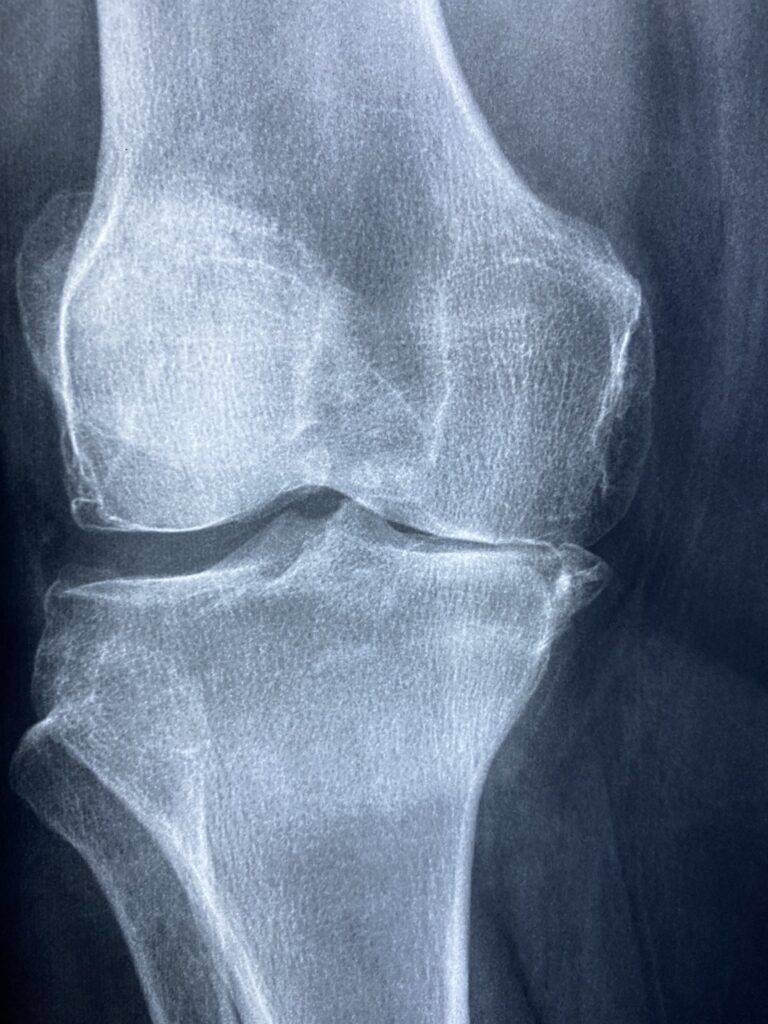1. What is Plague? Plague is a severe infectious disease caused by the bacterium Yersinia pestis. It is infamous for causing widespread epidemics throughout history, including the “Black Death” pandemic in the 14th century. Plague can manifest in several forms, including bubonic, septicemic, and pneumonic plague, each with its own set of symptoms and complications.
2. Types of Plague:
- Bubonic Plague: This is the most common form of plague, characterized by swollen and painful lymph nodes (buboes), fever, chills, and weakness.
- Septicemic Plague: This form occurs when the bacteria spread to the bloodstream, causing fever, chills, extreme weakness, abdominal pain, and bleeding into the skin and other organs.
- Pneumonic Plague: The most severe and contagious form, pneumonic plague affects the lungs and can be transmitted through respiratory droplets. Symptoms include fever, cough, chest pain, difficulty breathing, and bloody sputum.
3. Symptoms:
- Bubonic Plague: Swollen and painful lymph nodes (buboes), fever, chills, weakness, headache, and muscle aches.
- Septicemic Plague: Fever, chills, extreme weakness, abdominal pain, bleeding into the skin and other organs, shock, and organ failure.
- Pneumonic Plague: Fever, cough, chest pain, difficulty breathing, bloody sputum, and rapidly developing pneumonia.
4. Causes: Plague is caused by the bacterium Yersinia pestis, which is primarily transmitted through the bite of infected fleas. It can also spread through direct contact with infected animals or inhalation of respiratory droplets from an infected person (in the case of pneumonic plague).
5. Risk Factors:
- Living in or traveling to areas where plague is endemic, such as rural areas in Africa, Asia, and the Americas.
- Exposure to rodents, especially rats, squirrels, and prairie dogs.
- Poor sanitation and hygiene practices.
6. Diagnosis:
- Clinical evaluation: Healthcare providers may suspect plague based on symptoms and exposure history, especially during outbreaks in endemic areas.
- Laboratory tests: Blood, sputum, or lymph node samples may be tested to detect the presence of Yersinia pestis bacteria.
- Imaging: Chest X-rays or CT scans may be used to assess lung involvement in cases of pneumonic plague.
7. Pharmacokinetics (PK) and Pharmacodynamics (PD):
- Antibiotic treatment: PK and PD studies focus on the absorption, distribution, metabolism, and excretion of antibiotics used to treat plague, such as streptomycin, gentamicin, doxycycline, and ciprofloxacin. These antibiotics work by inhibiting bacterial growth and killing Yersinia pestis.
8. Pharmacological Treatment:
- Antibiotics: Prompt treatment with antibiotics is essential for curing plague and preventing complications. Streptomycin, gentamicin, doxycycline, and ciprofloxacin are commonly used antibiotics for treating plague.
- Supportive care: Patients with severe plague may require supportive measures such as intravenous fluids, oxygen therapy, and intensive care monitoring to manage complications such as shock and organ failure.
9. Non-pharmacological Treatment:
- Vector control: Measures to control flea populations and prevent rodent infestations can help reduce the risk of plague transmission.
- Public health interventions: Public health authorities may implement measures such as quarantine, isolation, and contact tracing to contain outbreaks and prevent further spread of the disease.
10. Conclusion: Plague is a serious infectious disease caused by the bacterium Yersinia pestis, with various forms ranging from bubonic to pneumonic plague. Early diagnosis, prompt treatment with antibiotics, and public health interventions are crucial for controlling outbreaks and preventing severe illness and death. Continued research into better diagnostic tools, treatments, and preventive measures is essential for combating the threat of plague in endemic areas and preventing its resurgence in other regions.




